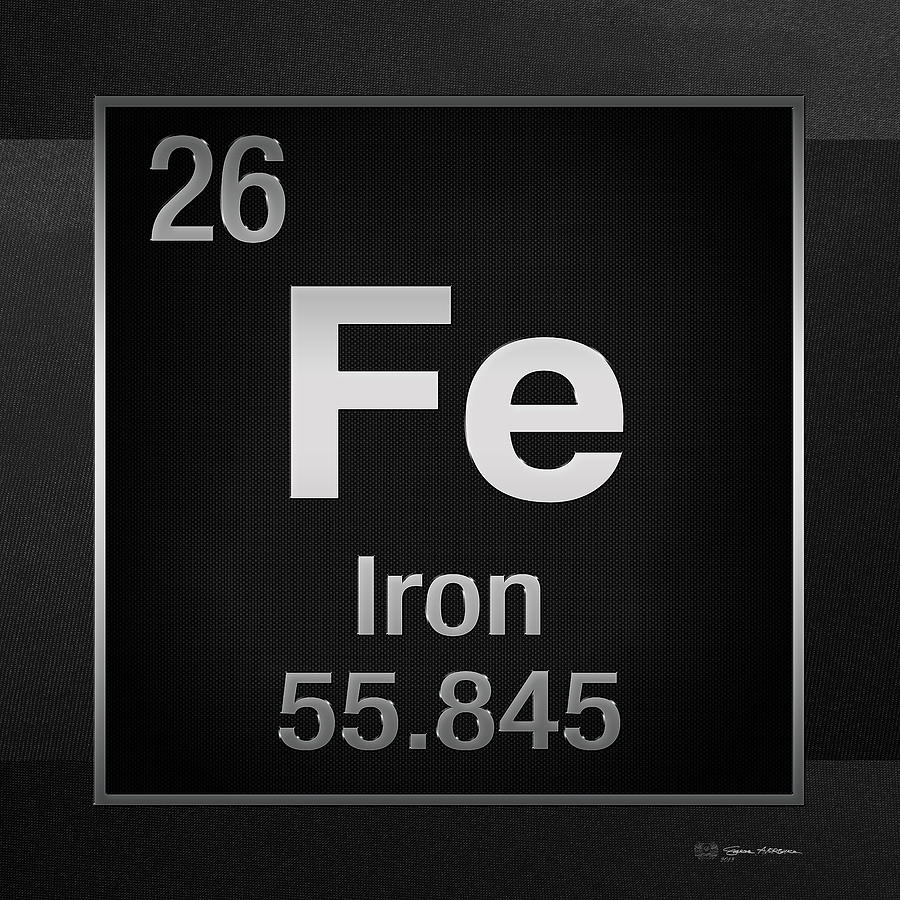

Bran fiber, large amounts of calcium particularly from supplements, and plant substances like phytates and tannins can inhibit the absorption of non-heme iron. Vitamin C and heme iron taken at the same meal can improve the absorption of non-heme iron. Certain factors can improve or inhibit the absorption of non-heme iron. Heme iron is better absorbed by the body than non-heme iron. many breads, cereals, and infant formulas are fortified with iron. Fortified grains, nuts, seeds, legumes, and vegetables contain non-heme iron. Meats, poultry, and seafood are richest in heme iron. The UL for iron is 45 mg daily for all males and females ages 14+ years. UL: The Tolerable Upper Intake Level is the maximum daily intake unlikely to cause harmful effects on health. It may be noted that menopause occurs later for some women, so they should continue to follow the RDA for younger women until menopause is confirmed.

The RDA for women 51+ years drops to 8 mg with the assumption that cessation of menstruation has occurred with menopause. Adolescents 14-18 years actively growing also need higher iron: 11 mg for boys, 15 mg for girls, 27 mg for pregnancy, and 10 mg for lactation. The higher amounts in women and pregnancy are due to blood loss through menstruation and because of the rapid growth of the fetus requiring extra blood circulation during pregnancy. RDA: The Recommended Dietary Allowance (RDA) for adults 19-50 years is 8 mg daily for men, 18 mg for women, 27 mg for pregnancy, and 9 mg for lactation. A doctor may sometimes check blood levels of these two components if anemia is suspected. Iron is stored in the body as ferritin (in the liver, spleen, muscle tissue, and bone marrow) and is delivered throughout the body by transferrin (a protein in blood that binds to iron). Non-heme iron is also found in animal flesh (as animals consume plant foods with non-heme iron) and fortified foods. Non-heme iron is found in plant foods like whole grains, nuts, seeds, legumes, and leafy greens. Heme is found only in animal flesh like meat, poultry, and seafood. Iron from food comes in two forms: heme and non-heme. Iron is important for healthy brain development and growth in children, and for the normal production and function of various cells and hormones. Iron is also part of myoglobin, a protein that carries and stores oxygen specifically in muscle tissues. Without enough iron, there aren’t enough red blood cells to transport oxygen, which leads to fatigue. Iron is a major component of hemoglobin, a type of protein in red blood cells that carries oxygen from your lungs to all parts of the body. It affects all ages, with children, women who are pregnant or menstruating, and people receiving kidney dialysis among those at highest risk for this condition. It is the most common nutritional deficiency worldwide, causing extreme fatigue and lightheadedness. A lack of iron is called iron-deficiency anemia, which affects about 4-5 million Americans yearly. Iron is an important mineral that helps maintain healthy blood.


 0 kommentar(er)
0 kommentar(er)
